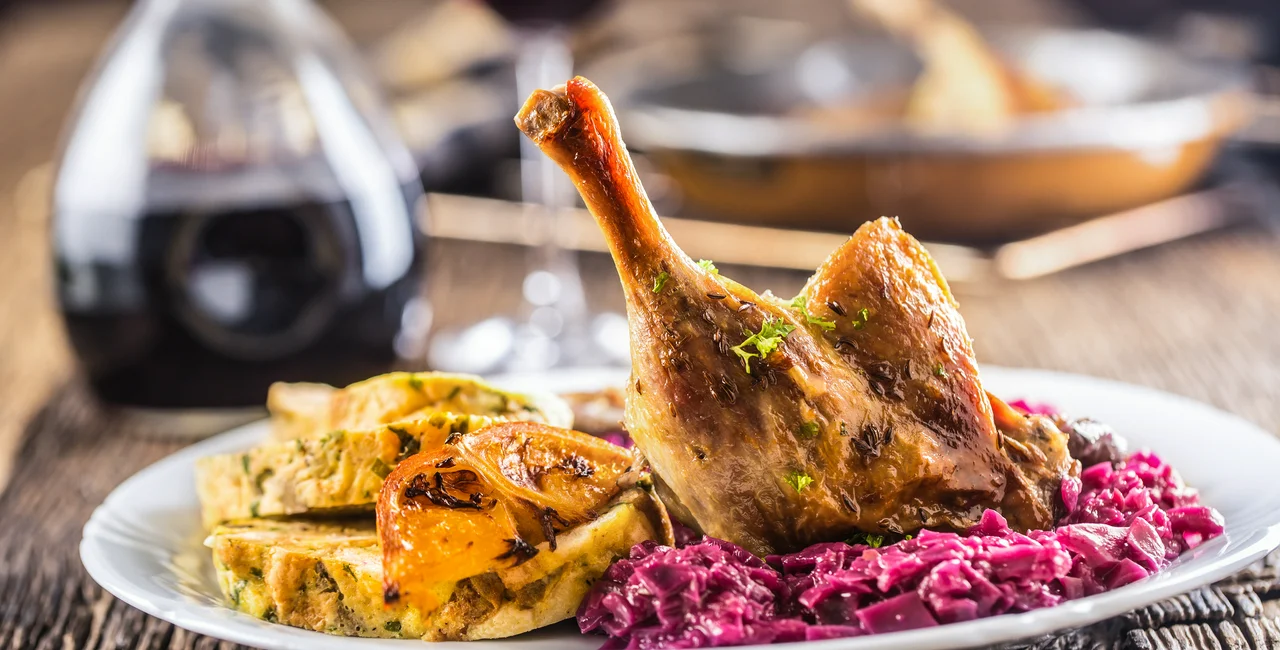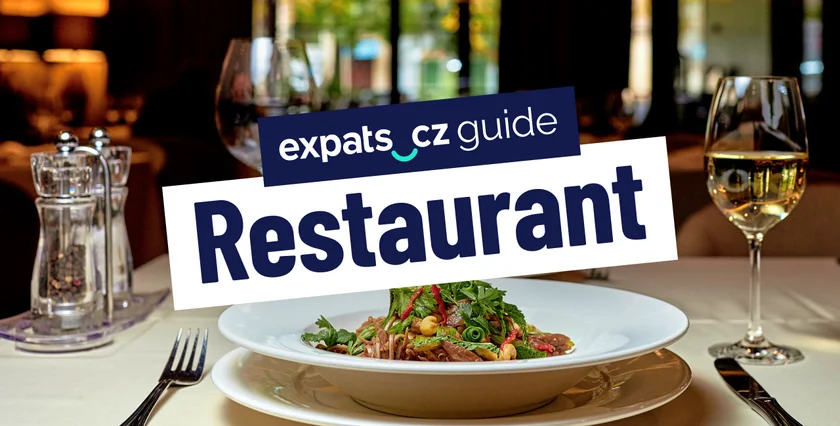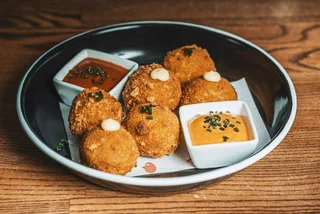The Czech Republic isn’t particularly known for its cuisine. According to the culinary list website Tasteatlas, its food collectively comes in 22nd out of 50 ranked countries, barely making it into the top half. The site also listed the 10 best-rated local foods and beverages as well as the four worst food products.
Italy, Greece, and Spain had the best food, while gourmands would do well to avoid eating in Slovenia, which was dead last. The former Yugoslav country just edged out a four-way tie for 49th place featuring Uruguay, Bolivia, Egypt, and Malaysia. The rankings are based on input from the users of the site, who can give star ratings to the listed food items.
WORLD'S CUISINES RANKING Update (June 2022)
— TasteAtlas (@TasteAtlas) June 4, 2022
Opinions?
Each country's rating is obtained by the users average rating of the 30 best dishes, beverages and food products in that country. Countries that are not on the list do not have enough items rated. pic.twitter.com/iRunTiy1Oo
Noted chef Anthony Bourdain once described the Czech Republic as “the land that vegetables forgot,” so it's no surprise that meat figures heavily in both the hits and misses of Czech food. Vegetables only get one mention, though there are a few fruity sweets among the favorites.
First the bad news. People aren’t at all fond of “tlačenka,” better known to Americans as head cheese and to Brits as brawn. It’s not really cheese at all. It is leftover parts of pork chopped into small cubes and preserved in gelatin.
Before refrigeration was widespread, covering food in gelatin was a way of preserving it from mold and bacteria. But there are now better ways to keep food fresh, so “tlačenka” serves little purpose aside from telling guests it is time to go.
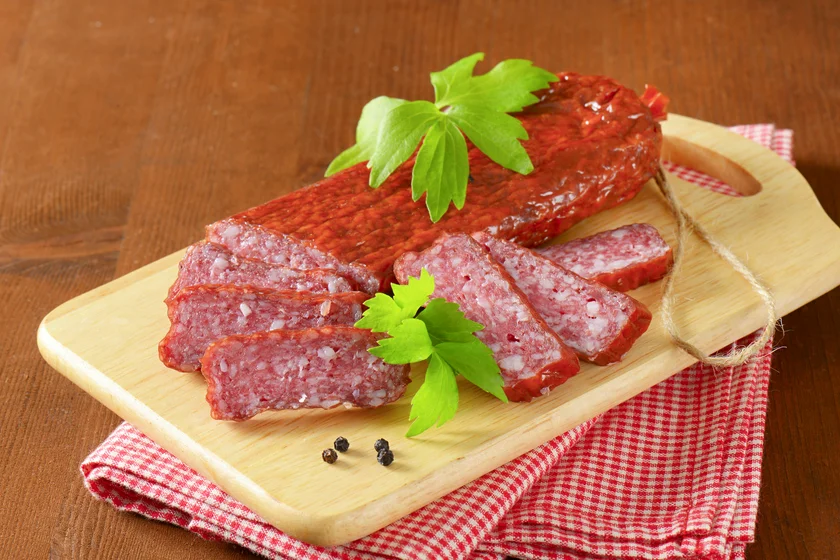
Second-least favorite is “lovecký salám,” or hunting salami. Unlike most salamis, which are round, this one is flat and rectangular. The Czech Republic and Slovakia in 2011 got the EU to grant the meat treat “traditional specialities guaranteed” status, which forces makers to adhere to guidelines if they want to use the lovecký salám name. But this is not the same as geographic protection. Anyone can make it, if they want to. Its low ranking is hard to explain, as it is a fairly standard if rather fatty sausage.
The third-most disliked dish is also a bit surprising. “Jihočeská niva” (South Bohemian blue cheese) has a strong flavor that tends to divide people. Czech food is notoriously bland, and this cheese can be a bit overpowering.
Another left-over meat product rounds out the hall of shame. “Škvarky” are globs of cooked pork lard, sometimes slightly seasoned. They are similar to cracklings in the U.S. or greaves in the UK.
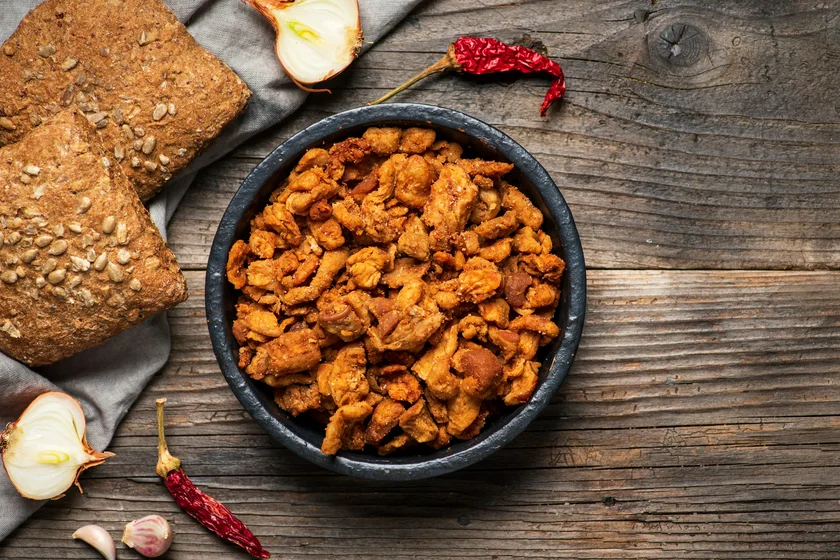
As with “tlačenka,” the processing was a way of preserving the meat before refrigeration. They can be eaten with toasted bread, chopped garlic, and raw onions for a special winter snack.
And now the good news. The best Czech food or beverage is “pečená kachna” (roasted duck). It should be slow roasted until the skin is crispy. Typically it is served with red cabbage and dumplings. Due to the preparation being time-consuming, it tends to be a dish for special occasions or something to order when you eat out.
“Vánoční cukroví” (Christmas cookies) came in as the second favorite, and it is hard to criticize Christmas. Each family has its traditional recipes, and collections can be found in stores. This particular type of small fruit and nut decorated cookie really can only be found around the holidays, so people look forward to them.

A comfort food rounded out the top three – “bramboráky” (potato pancakes). The Czech version is a bit different from its more famous Polish-Jewish cousin, the latke. Bramboráky are made of finely ground potatoes mixed with eggs and usually flavored with garlic. They can be a side dish or served as a meal on their own.
Four and five on the list are about the same, and one supposes technically they have to be mentioned. “České pivo” is simply Czech beer, though it does have Protected Geographical Indication from the EU. “České pivo” must be made in the Czech Republic. In fifth was Pilsner, a specific style of beer.
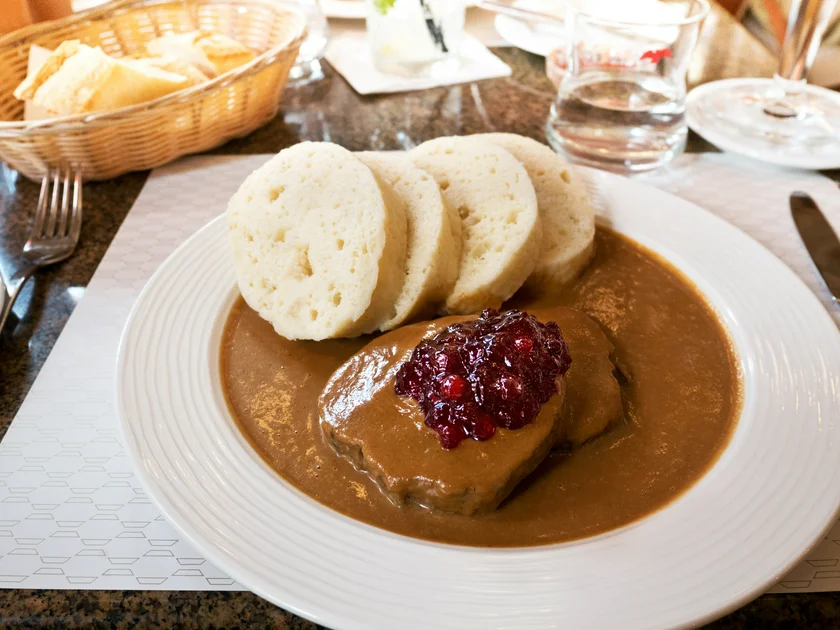
The next dish on the list is “svíčková,” or beef sirloin in cream sauce. According to Tasteatlas, the sixth-most popular Czech dish was first mentioned in 1805 and is influenced by both Bavarian and French cuisine. Its pub menu rival “guláš,” which has a heavier sauce and usually stringier and fattier meat, was 10th on the list.
In between those two powerhouses was “koblihy” (jelly donuts) at seventh, “Valašský frgál” (flat fruit pie) at eighth, and “Pražská šunka” (Prague ham) at ninth.
Tasteatlas also ranks the top 11th through 50th best-rated Czech foods and beverages, for those who want to take a deep dive. There is also a slightly different list of 50 most popular dishes and 50 best-rated Czech dishes, among other lists.












 Reading time: 4 minutes
Reading time: 4 minutes 